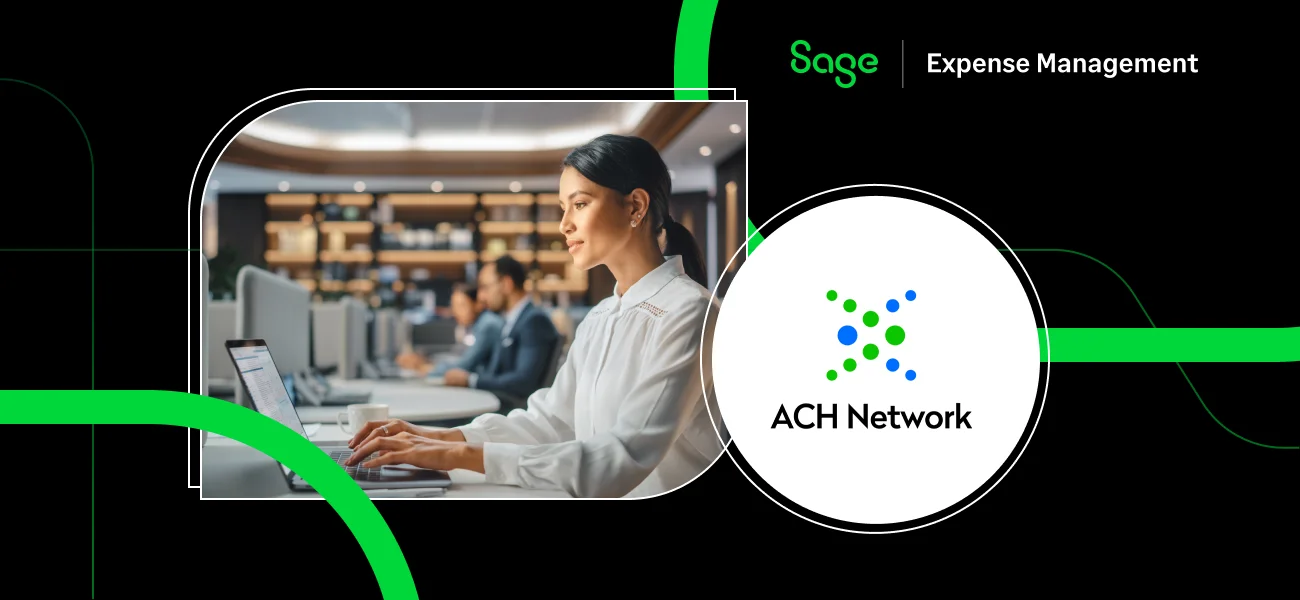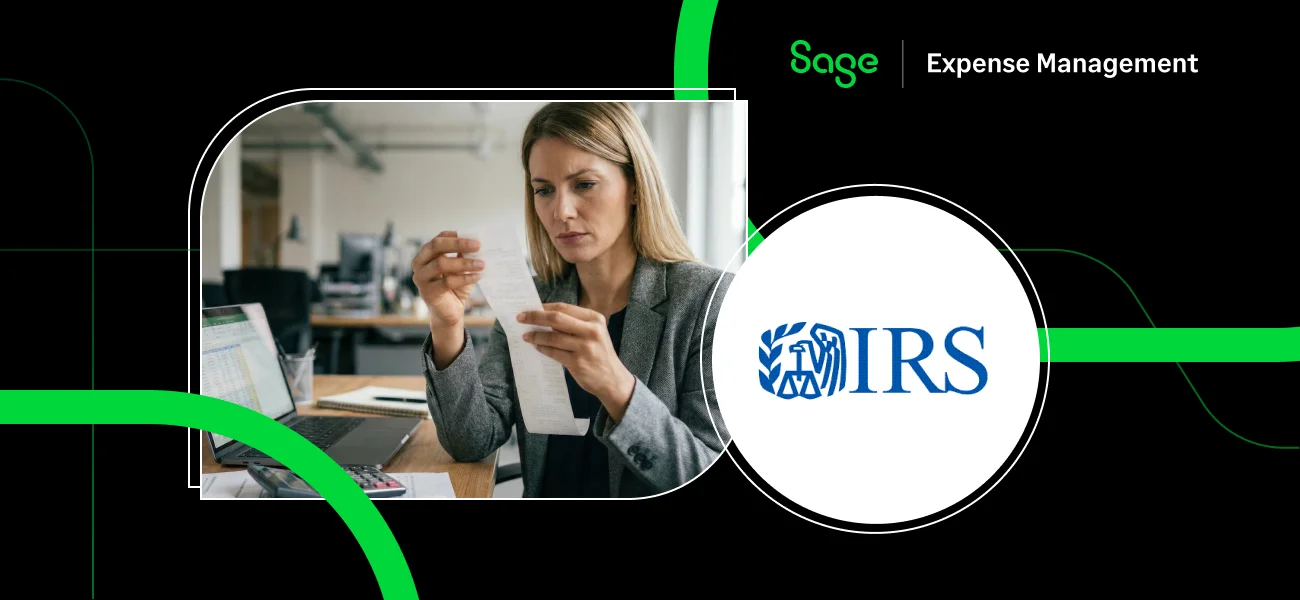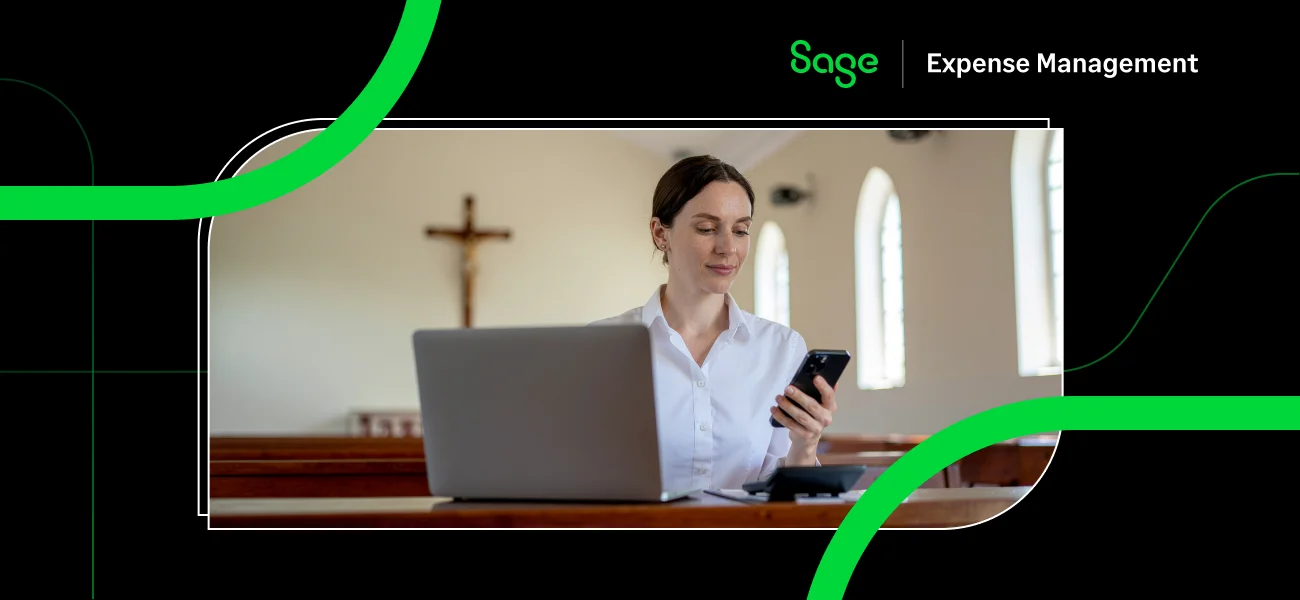Does your business provide expense reimbursement for employees who use their vehicles for business?
If yes, have you been able to achieve seamless mileage reimbursement at your organization?
According to a recent report from HubSpot,
"38% of companies manually check each expense and match it to the travel policy."
But what's more alarming is that 22% of companies rely on the employees to adhere to the policy guidelines, rather than enforcing it on the spot.
In this article, we take you through the nuances of mileage reimbursement and why it's good to reimburse employees. Additionally, we look at what expenses are useful to consider when making your mileage policy.
What is mileage reimbursement?
Lets say your employees use the organisation's car or their own car for business purposes. They will now be able to claim a tax deduction on various expenses incurred by them while using it.
Pro-Tip:
The Internal Revenue Service or IRS guidelines provide a full list of all deductible expenses for a business.
Publication 535 is ideal to know about every business expense that is claimable for a tax deduction.
Employees can calculate the mileage reimbursement amount in two different ways:
- Figure the deduction based on expenses incurred - Expenses can include vehicle maintenance, cost of operating, mileage (distance), fuel, tires, oils, license, registration fees, insurance, and more.
- Use the standard mileage rates - The standard business mileage reimbursement rate in the US for 2026 is 72.5 cents per mile driven. For example, if an employee is sent for a business meeting and covers 50 miles, the rate of return would be 50 miles x $0.725, which is $36.25.
Other optional standard mileage rates include:
- 20.5 cents per mile driven for medical/moving purposes
- 14 cents per mile driven for charitable organisations
But should a business even reimburse employees for mileage? Let’s go over why it's beneficial for companies to provide mileage reimbursement.
Benefits of providing mileage reimbursement
- Reimbursing employees at the standard government tax rate is ideal. That will allow you to deduct up to that amount as an expense when filing corporate income tax returns. This can lead to substantial tax savings.
- Fuel and repairs are out-of-pocket expenses; reimbursing them will result in increased employee satisfaction and morale.
- This also applies to mileage reimbursement; businesses don't legally have to pay the same standard amount (58 cents) but doing so will allow your employees to know they are valued.
- Providing reimbursements on various expenses improves the productivity and retention of employees. When they have good morale, they perform their best, and that can lead to achieving business goals.
- Reimbursing employees is commonplace across businesses of all sizes. Standing out by not providing for mileage reimbursement will result in a negative employer branding.
What kinds of business expenses are reimbursable?
Not all commutes are valid for mileage reimbursements. Here are some common examples of those that are:
- Driving to meet clients and customers
- Driving to the bank for business transactions
- Driving to a store to purchase office supplies or equipment
- Driving to the airport for business travel
- Any other business-related trip or errand
The critical thing to note from the above is that only business travel is valid for this reimbursement. Examples, where you cannot claim reimbursements are:
- Commuting to the business from your home or going out for lunch from the office
- Any extra activities that are not directly related to the business (Example, grabbing a coffee while en route to a destination)
- Taking a detour to meet a friend/family while en route a business trip
It's up to the employees to track the distance they have traveled along with all other valid expenses to claim the proper reimbursement. That can quickly become overwhelming as frequent travellers have to log business miles driven and all other travel expenses.
Using an expense management software helps in active mileage tracking and expense reporting. It also helps increase efficiency and accuracy of expense reports. Lastly, it aids better policy compliance, as well.
Factors to consider in a mileage reimbursement policy
Mileage policies have to be malleable due to various factors that shift the focus around. That being said, it can be hard to convince everyone. Which is why observing how a policy performs is key to deciphering what aspects you can change to better suit the needs of the business. You can fine-tune what you provide as reimbursement and outline the conditions for it. Let's have a look at the various areas that can alter your mileage policy.
Vehicles
- Generally, businesses reimburse employees when they use their vehicles for business trips. But only if it is duly approved and documented. Any neglect from the employees may result in them losing their money.
- The condition of the vehicle is another factor. Older cars are less efficient and may incur higher maintenance costs. This can be a wasted cost for the company.
- A company can dictate what models or age of vehicles qualify for reimbursement. They can also set a cap on the reimbursement rate to keep the payout closer to typical transportation expenses. This helps build transparency around the process.
Distance conditions
- Being able to mandate all the employees to take a more efficient route to a destination will yield greater efficiency and lower fuel costs — outline all the optimisations you can make in the policy. Additionally, you can try assigning your employees with acceptable mileage distance and predetermined routes.
- If you figure that traveling by cab through the city is more expensive than driving the company vehicle in an alternate route, you can discourage employees from using cabs for business travel. This will leverage the amount of money spent on each trip.
- Taking these business decisions requires you to have the backing of numbers. It is much easier to determine these factors when an expense management software can provide the needed insights.
Shifting expenses
- Costs like maintenance charge and fuel keep fluctuating. This may create situations where you have to needlessly spend money without getting the full benefit of it. Try introducing spending limits, as it can be a great way to get additional savings.
- It is more advantageous for a company to reimburse a driver because the cost of reimbursement is less than the cost of keeping a company vehicle. This is useful if the company does not conduct much business travel.
- Manually tracking the shifting costs will be a nightmare. Hence, try using an automated expense management software to track, document and maintain all necessary details of all business expenses.
Risk factors
- Did you know personal insurance policies are not sufficient to cover expenses if an accident occurs? Hence, companies that opt for reimbursement open themselves to liability. Thus, the policy needs to contain expense coverage in case of accidents.
- Insurance companies can deny claims if the driver doesn't tell the company they are using the car for business. Encouraging employees to use the company vehicle in your policy will ensure this cannot happen.
- If you choose not to reimburse an employee for business travel, you can provide the company vehicle and enhance the safety features of it.
Employee morale and brand image
- Being able to adhere to company standards is vital to maintain the right brand image. In situations where a particular employee's vehicle does not meet the set standards, this particular reimbursement can be considered invalid.
- Providing company vehicles to employees can result in increased satisfaction and performance as it is a privilege and confidence booster for them.
- You can set the basic standards needed to qualify for mileage reimbursement to ensure no miscommunication or false expectations are set.
You might have noticed that ascertaining certain conditions to determine what works best for your policy might be difficult if done manually. This is why having an automated solution for mileage and travel expense reporting and advanced policy creation is vital.
How can Sage Expense Management (formerly Fyle) help with policy creation?
Having a tool like Sage Expense Management enables versatile policy creation. The platform reimagines the entire process of expense management and provides a comprehensive solution to businesses of all types.
No longer will businesses need to be stuck, deciding what to include in their policies. The platform makes policy creation easy while also allowing for complex conditions to be incorporated. Businesses can also leverage advanced analytics from our advanced data analytics to fine-tune policies and strategies to maximum effectiveness.
Explore the multitudes of features and benefits that the Sage Expense Management platform brings along with it by scheduling a demo today!
%25252520(1).png)



















